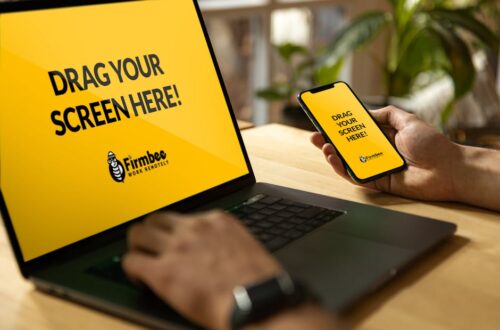UX design trends in 2025 are reshaping how we create digital experiences in profound ways. The landscape has shifted dramatically from the peak UX buzz of the late 2010s, with design becoming increasingly influenced by business objectives rather than serving as the primary driving force. This fundamental transformation is changing how designers work, what skills they need, and how they deliver value in an increasingly AI-driven world.
As we navigate through 2025, UX designers face both challenges and opportunities. The traditional role of designers guiding creative vision is evolving into something more nuanced, strategic, and collaborative. With AI tools handling many routine design tasks, UX professionals must adapt by developing deeper expertise and focusing on the human elements that technology cannot replicate.
The Changing Landscape of UX Design in 2025

Photo by Christina Morillo on Pexels
The UX design industry in 2025 is experiencing a significant reset. We’re witnessing a fundamental shift in responsibilities and a transfer of design control from designers to a complex network of algorithms, automated tools, and business stakeholders. This transition requires designers to reevaluate their tactics and develop deeper UX skills rather than relying solely on design toolkits.
The buzz that characterized UX design in the late 2010s has matured into something more substantial but less flashy. Designers are no longer just focused on creating visually appealing interfaces; they’re increasingly concerned with delivering genuine user value through thoughtful, research-backed design decisions.
In this new landscape, UX design is becoming more nuanced, strategic, and far-reaching. The role extends beyond traditional tech sectors as digital transformation opens opportunities across industries. Designers in 2025 are expected to bring deeper research expertise and business thinking to the table, making them valuable strategic partners rather than just executors of visual design.
This evolution means that UX professionals must adapt to remain relevant. Those who can combine design thinking with business acumen and technological understanding will thrive in this new environment where UX design trends are increasingly shaped by broader organizational goals and technological capabilities.
AI Integration: From Tool to Collaborative Partner
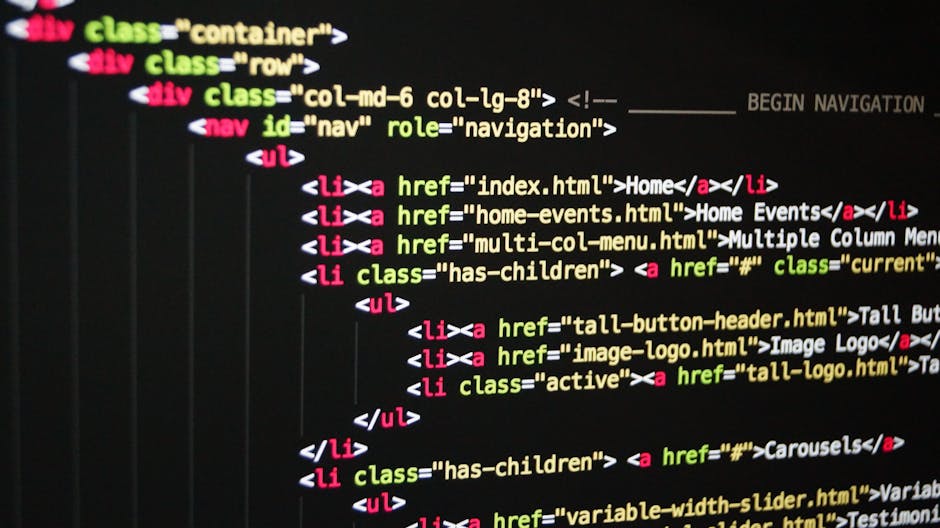
In 2025, artificial intelligence has evolved from a mere productivity tool to a collaborative partner in the UX design process. AI is reshaping digital design by streamlining workflows and enabling endless variations in design possibilities. Designers now use AI to assist with layouts, color palettes, and even full branding systems, allowing them to focus more on high-level decisions and strategic thinking.
Major design platforms like Adobe and Figma have fully embraced AI, offering sophisticated tools that enhance creativity, boost efficiency, and unlock new levels of precision. These tools don’t replace designers but rather augment their capabilities, handling routine tasks while freeing up human creativity for more complex challenges.
What makes the 2025 approach to AI in UX design different is the focus on thoughtful, value-focused integration. Rather than implementing AI features for their own sake, designers are now considering how these technologies can genuinely improve user experiences. This means using AI to create more personalized, adaptive interfaces that learn from user behavior and preferences to deliver more relevant content and interactions.
However, this integration comes with responsibilities. As more creators incorporate AI into their work, there’s an increasing emphasis on ethical implementation and transparency. Issues like algorithmic bias and data privacy have become central considerations when designing AI-powered experiences. The most successful UX designers in 2025 are those who can harness AI’s capabilities while ensuring their designs remain human-centered, trustworthy, and inclusive.
Ethical Design: Accessibility, Sustainability, and Inclusion
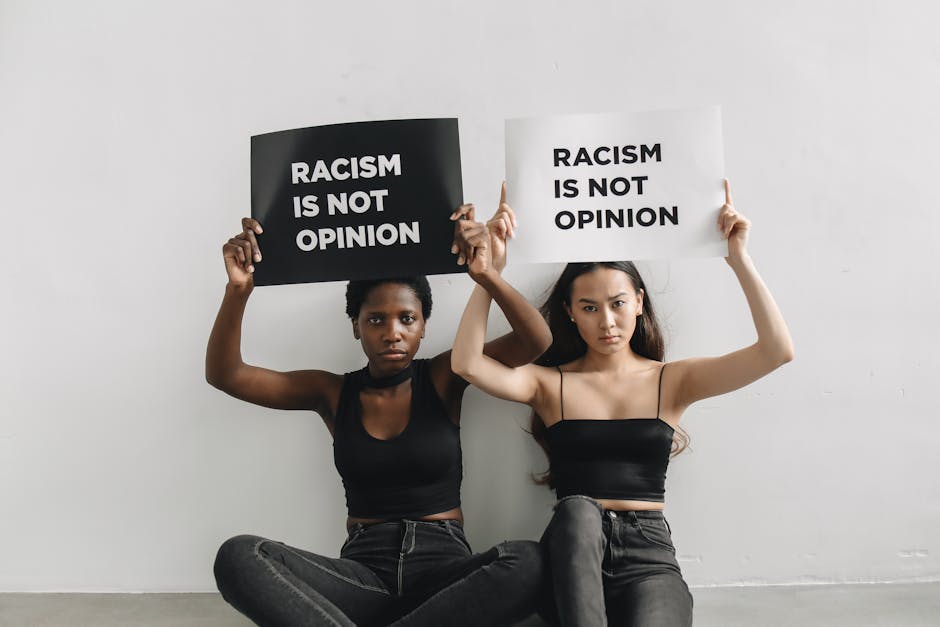
Photo by Polina Tankilevitch on Pexels
In 2025, ethical design has moved from a nice-to-have feature to a fundamental requirement in UX design. There’s a renewed urgency around accessible design, with designers recognizing that creating inclusive experiences isn’t just morally right—it’s essential for reaching broader audiences and complying with increasingly stringent regulations.
Accessibility considerations now extend beyond basic compliance with standards like WCAG. Designers are taking a more holistic approach, considering diverse user needs from the earliest stages of the design process rather than retrofitting accessibility features later. This shift reflects a deeper understanding that good design should work for everyone, regardless of their abilities or circumstances.
Sustainability has also become a major concern in UX design. Even digital products contribute to overall energy expenditure, with high electrical consumption adding to carbon footprints and electronic waste. Forward-thinking designers in 2025 are considering the environmental impact of their work, optimizing for energy efficiency, and choosing eco-friendly work processes and tools.
The ethical dimension of UX design extends to data privacy and transparency as well. Users are increasingly concerned about how their information is collected, stored, and used, leading designers to create experiences that respect privacy while still delivering personalized value. Clear communication about data practices and giving users meaningful control over their information have become essential elements of trustworthy design.
This ethical turn in UX design isn’t just about doing the right thing—it’s also good business. Companies that prioritize accessible, sustainable, and privacy-respecting design are building stronger relationships with their users and differentiating themselves in a crowded market. In 2025, ethical design principles have become competitive advantages as much as moral imperatives.
Immersive Experiences: 3D, AR, and Interactive Animation
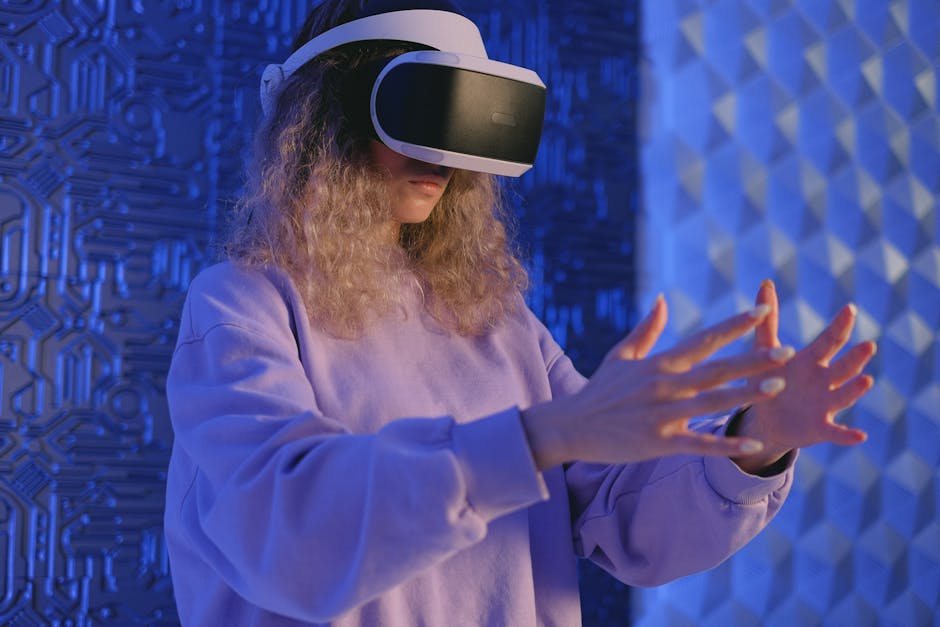
Photo by SHVETS production on Pexels
The year 2025 has seen a significant evolution in how users interact with digital products, with immersive experiences becoming increasingly mainstream. Users now expect 3D models, spatial navigation, and interactive animations to create more engaging journeys, particularly in e-commerce and educational platforms.
These immersive technologies are transforming how information is presented and consumed. Rather than passive scrolling through content, users can now interact with three-dimensional objects, explore virtual spaces, and engage with content that responds dynamically to their actions. This shift is creating richer, more memorable experiences that better capture and maintain user attention.
Augmented reality (AR) and virtual reality (VR) have matured beyond novelty applications to become practical tools for solving real user problems. In retail, customers can visualize products in their own spaces before purchasing. In education, complex concepts can be illustrated through interactive 3D models. In healthcare, patients can better understand medical procedures through immersive visualizations.
Interactive animations have also evolved beyond simple transitions to become integral parts of the user experience. Thoughtful motion design now guides users through interfaces, provides feedback on actions, and creates emotional connections with digital products. These animations aren’t just decorative—they serve functional purposes by improving usability and making abstract concepts more concrete.
The challenge for UX designers in 2025 is balancing these immersive elements with performance considerations and accessibility needs. Creating engaging 3D experiences that load quickly and work well across devices requires technical expertise alongside creative vision. The most successful immersive experiences are those that enhance the core user journey rather than distracting from it with unnecessary complexity.
Minimalism 2.0: Functional Simplicity with Personality

Photo by Emir Bozkurt on Pexels
In 2025, minimalism in UX design has evolved beyond the stark, sometimes clinical approaches of previous years. Today’s minimalist design philosophy embraces functional simplicity while incorporating elements of personality, emotion, and brand identity. This evolution represents a maturation of minimalist principles rather than their abandonment.
The core tenets of minimalism—removing unnecessary elements, focusing on essential functionality, and creating clean, uncluttered interfaces—remain relevant. However, designers have recognized that extreme minimalism can sometimes create cold, impersonal experiences that fail to forge emotional connections with users. The new approach balances simplicity with strategic use of distinctive visual elements, thoughtful micro-interactions, and carefully crafted content.
This updated minimalism acknowledges that digital products need to stand out in an increasingly crowded marketplace. Subtle animations, judicious use of color, and distinctive typography help create memorable experiences without overwhelming users with complexity. The goal is to create interfaces that are immediately usable while still conveying brand personality and creating emotional resonance.
Minimalism 2.0 also recognizes that simplicity isn’t just about visual design—it extends to interaction patterns, information architecture, and content strategy. Streamlining user journeys, reducing cognitive load, and presenting information in digestible chunks are all part of this holistic approach to simplicity. The best minimalist designs in 2025 make complex tasks feel effortless through careful consideration of user needs and contexts.
This evolution of minimalism reflects a deeper understanding of what users truly value: not just clean aesthetics, but experiences that feel both efficient and emotionally satisfying. By balancing functional simplicity with thoughtful touches of personality, designers are creating interfaces that are both highly usable and distinctively memorable.
The Evolving Role of UX Designers

Photo by ThisIsEngineering on Pexels
The role of UX designers in 2025 has undergone a significant transformation. As AI and automated tools take over more routine design tasks, UX professionals are shifting toward more strategic positions within organizations. This evolution requires designers to develop deeper expertise in research methodologies, business strategy, and ethical considerations rather than focusing primarily on visual design and prototyping skills.
Today’s UX designers are expected to be business thinkers as much as creative professionals. They need to understand organizational goals, market dynamics, and user needs to create experiences that deliver measurable value. This broader perspective allows designers to contribute more meaningfully to product strategy and business decisions rather than simply executing on predetermined requirements.
Research expertise has become increasingly valuable as organizations recognize the importance of evidence-based design decisions. UX designers in 2025 need to be skilled in gathering and analyzing user data, identifying patterns and insights, and translating those findings into design solutions. This research focus helps ensure that products truly address user needs rather than being driven solely by business or technical considerations.
The most successful UX designers have also developed specialized knowledge in areas like accessibility, information architecture, or specific industry domains. This depth of expertise allows them to tackle complex design challenges that can’t be easily automated or outsourced. By combining specialized knowledge with broad design thinking skills, these professionals remain valuable even as more basic design tasks are handled by AI tools.
Perhaps most importantly, UX designers in 2025 have embraced the role of user advocate within their organizations. As business pressures and technological capabilities continue to shape product development, designers provide a crucial perspective focused on human needs and experiences. This advocacy role ensures that products remain useful, usable, and desirable even as they fulfill business objectives and leverage cutting-edge technologies.
Preparing for the Future of UX Design

Photo by Christina Morillo on Pexels
As we look beyond 2025, UX designers must prepare for continued evolution in their field. The trends we’re seeing now—AI integration, ethical design focus, immersive experiences—will likely accelerate and transform in ways we can’t fully predict. Staying relevant in this changing landscape requires a commitment to continuous learning and adaptation.
One essential preparation strategy is developing a strong foundation in UX fundamentals while remaining flexible about specific tools and techniques. Understanding core principles of human psychology, information processing, and interaction design provides a durable base of knowledge that remains relevant even as technologies change. This foundation allows designers to evaluate new trends critically and adopt them thoughtfully rather than chasing every new development.
Building cross-disciplinary knowledge is another crucial approach for future-proofing UX careers. Designers who understand adjacent fields like content strategy, data science, business analysis, and software development can collaborate more effectively and identify opportunities that others might miss. This breadth of knowledge also creates career resilience by opening multiple potential specialization paths.
Developing a personal learning system is essential for keeping pace with industry changes. This might include following key thought leaders, participating in professional communities, experimenting with new tools and techniques, and setting aside dedicated time for skill development. The most successful UX professionals treat learning as an ongoing part of their work rather than an occasional activity.
Finally, cultivating a strong ethical framework will help designers navigate the increasingly complex decisions they face. As technology becomes more powerful and pervasive, design choices have greater consequences for users and society. Designers who can thoughtfully consider these implications and advocate for responsible approaches will be valuable voices in shaping how technology evolves.
Conclusion: Embracing the UX Design Trends of 2025
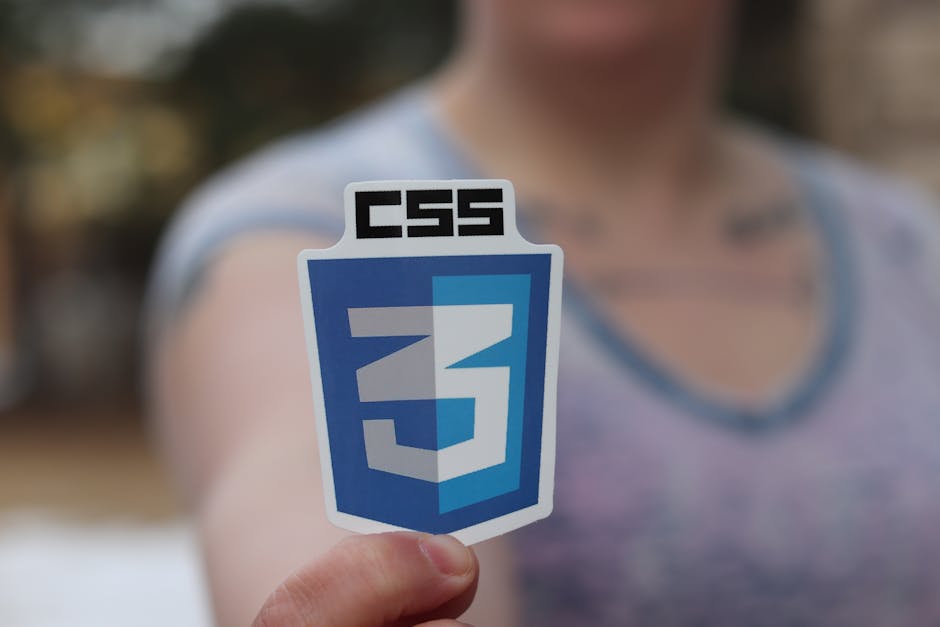
Photo by RealToughCandy.com on Pexels
The UX design landscape of 2025 presents both challenges and opportunities for designers, businesses, and users alike. While the role of designers has shifted from being the primary creative force to working within a complex ecosystem of AI tools and business priorities, this evolution has also created space for more strategic, thoughtful design work focused on solving real human problems.
The most successful UX designers in this new environment are those who can adapt to changing conditions while maintaining a strong commitment to user-centered principles. By embracing AI as a collaborative tool, prioritizing ethical considerations, exploring immersive technologies thoughtfully, and evolving minimalist approaches to include personality, these designers are creating experiences that are both functionally excellent and emotionally resonant.
For businesses, the UX design trends of 2025 offer opportunities to differentiate through more personalized, accessible, and engaging digital experiences. Organizations that view UX design as a strategic function rather than just an execution role can leverage these trends to build stronger relationships with their users and create sustainable competitive advantages.
Ultimately, the future of UX design isn’t just about designing user-friendly products—it’s about solving real user problems, thinking critically about the implications of design decisions, and advocating for more inclusive and responsible digital experiences. By embracing these principles, designers can help ensure that technology serves human needs effectively and ethically as we move further into the digital age.
Sources
- https://trends.uxdesign.cc
- https://www.nngroup.com/articles/ux-reset-2025/
- https://www.uxdesigninstitute.com/blog/ux-design-trends-in-2025/
- https://www.behance.net/gallery/209674381/Design-Trends-2025
- https://careerfoundry.com/en/blog/product-design/product-design-trends/



